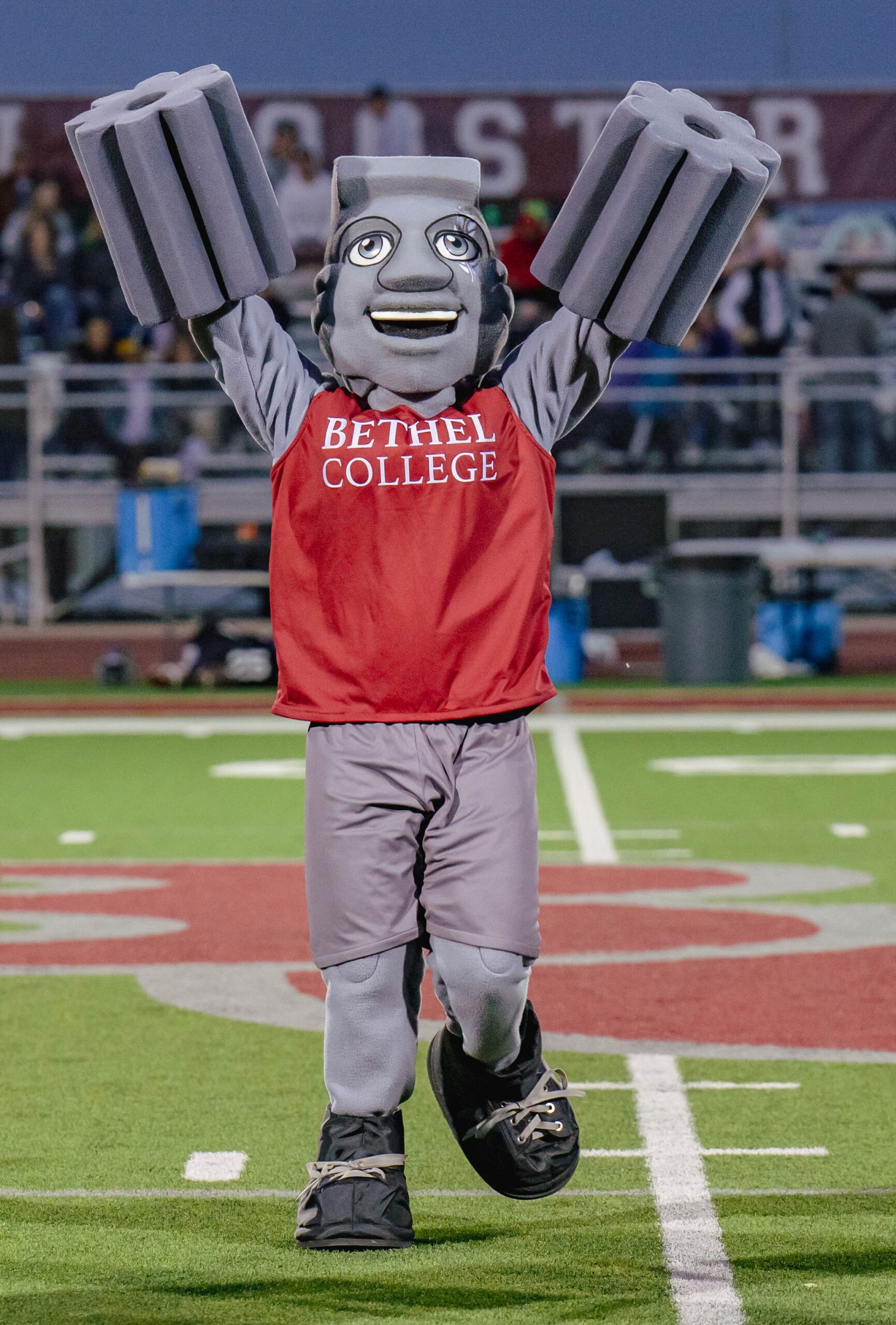Business Affairs
Key Performance Indicators
1. Community Engagement
How Quantified?
- # of community partners (# of agreements)
- # of corporate partners
- service partners
Goal
- add 20-25 per year until 100
- add 2-4 per year or until budget goal is achieved
- 5-10 per year until demand is reached
Why?
- establish community network and provide employment experiences per students; make work college model affordable; community network/$2500×100=$250K!
- revenue sources for campus units (e.g., athletics)
- service opportunities for students and employees; community networking
Responsibility Center
- Employment Experiences, President, Advancement
- Athletics, Advancement, President
- All college units
2. Net Tuition Revenue
How Quantified?
- Student Retention: % of students retained to second year (first year retention)
- Student Retention: % of students retained to another year (total stduent body)
- Student Admissions: new FTFF each year
- Tuition discount rate
Goal
- > 90%
- > 90%
- 150-165 new FTFF on 20th day census
- <= 60% per fiscal year
Why?
- student success; cost effectiveness; finances
- student success; cost effectiveness; finances
- financial viability and campus life
- financial viability; sustain increased fixed costs
Responsibility Center
- Enrollment Management, Athletics, Academic Affairs, Student Life
- Enrollment Management, Athletics, Academic Affairs, Student Life
- Enrollment Management, Athletics
- Enrollment Management, Athletics
3. Endowment Contributions
How Quantified?
# of restricted gifts to endowment; dollars to endowed funds
Goal
Inventory and benchmark
Why?
intergenerational equity, finances, rankings
Responsibility Center
Advancement, President
4. Heritage Roll of Honor Commitments
How Quantified?
# of new estate commitments
Goal
inventory and benchmark
Why?
long-term financial stability
Responsibility Center
Advancement, President
5. Digital Visibility and Engagement
How Quantified?
- # of visitors/time on site for website
- growth in social media presence
Goal
- inventory and benchmark internal website metrics
- inventory and benchmark social media metrics (platform-dependent)
Why?
- recruiting, networking, fundraising
- recruiting, networking, fundraising
Responsibility Center
- Marketing and Communications; Athletics
- Marketing and Communications; Athletics
6. Vocational Fulfillment
How Quantified?
Percent of students employed Includes professional and graduate schools) or volunteering six months after graduation
Goal
100%
Why?
college vision for human flourishing
Responsibility Center
Employment Experiences; Advancement (Alumni); Academic Affairs (IR)
7. Curricular Focus
How Quantified?
# and timing of new academic programs
Goal
suite of academic programs that are market relevant and financially viable
Why?
more student opportunitites/cost effectiveness
Responsibility Center
Academic Affairs, President, Enrollment Management
8. DEI: Success of under represented students
How Quantified?
retention rates and graduation rates of minority students
Goal
the retention rates and graduation rates of students of color must meet or exceed those of white students
Why?
mission; growth; satisfaction; BC has gone from 16% students of color in 2010 to 37% students of color in 2020
Responsibility Center
Academic Affairs, Athletics, Enrollment Management; Student Life
9. Nontuition revenue sources
How Quantified?
new sources per year
Goal
one new source per fiscal year yielding $10,000-$50,000 per fiscal year
Why?
revenue diversification and financial stability
Responsibility Center
Business Affairs, President
10. Employee Satisfaction and Retention
How Quantified?
# of new hires per fiscal year
Goal
incremental decrease in each year
Why?
stability of workforce; satisfied employees; workplace desirability
Responsibility Center








